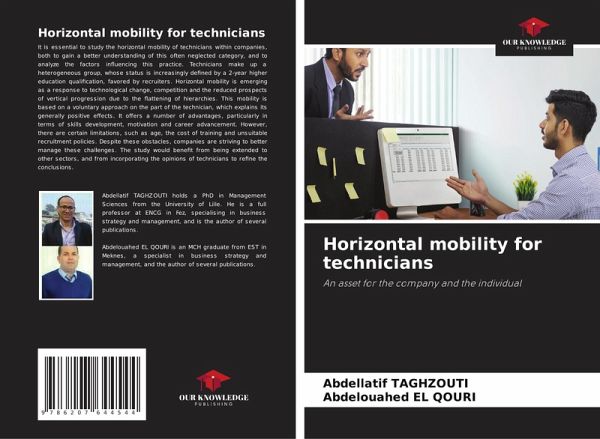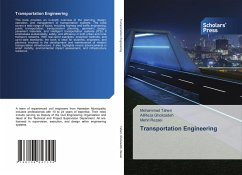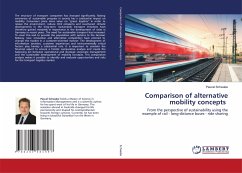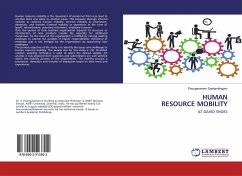
Horizontal mobility for technicians
An asset for the company and the individual
Versandkostenfrei!
Versandfertig in 6-10 Tagen
40,99 €
inkl. MwSt.

PAYBACK Punkte
20 °P sammeln!
It is essential to study the horizontal mobility of technicians within companies, both to gain a better understanding of this often neglected category, and to analyze the factors influencing this practice. Technicians make up a heterogeneous group, whose status is increasingly defined by a 2-year higher education qualification, favored by recruiters. Horizontal mobility is emerging as a response to technological change, competition and the reduced prospects of vertical progression due to the flattening of hierarchies. This mobility is based on a voluntary approach on the part of the technician...
It is essential to study the horizontal mobility of technicians within companies, both to gain a better understanding of this often neglected category, and to analyze the factors influencing this practice. Technicians make up a heterogeneous group, whose status is increasingly defined by a 2-year higher education qualification, favored by recruiters. Horizontal mobility is emerging as a response to technological change, competition and the reduced prospects of vertical progression due to the flattening of hierarchies. This mobility is based on a voluntary approach on the part of the technician, which explains its generally positive effects. It offers a number of advantages, particularly in terms of skills development, motivation and career advancement. However, there are certain limitations, such as age, the cost of training and unsuitable recruitment policies. Despite these obstacles, companies are striving to better manage these challenges. The study would benefit from being extended to other sectors, and from incorporating the opinions of technicians to refine the conclusions.












